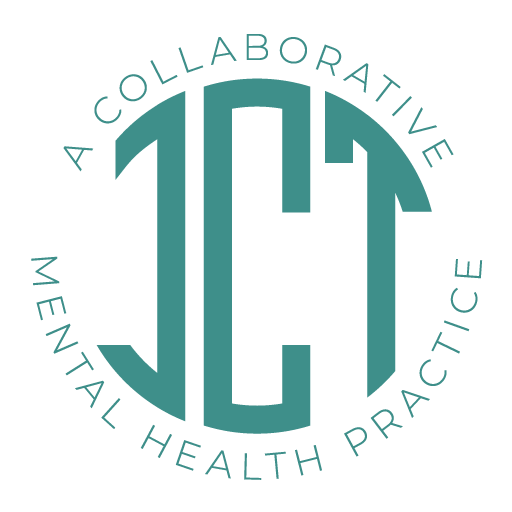In the world of Psychology, Mindfulness practice has grown into a recognized treatment for a variety of mental health issues and struggles. Dr’s Lynn Monterio and Frank Musten are co-founders of the Ottawa Mindfulness Clinic in Ottawa, Ontario they describe mindfulness as letting ourselves be open to the depths and richness of the present moment. Present moment is right here, right now.
It is a powerful concept to imagine. Imagine you are someone who deals with anxiety and racing thoughts. These thoughts and the power for them to overtake your present moment are all too familiar. The very idea of coming back to the present moment, the here and now – it is not even accessible in times like this. How do we slow things down enough to find a place in the present moment? How can we possibly find the present moment, the right here, right now in such a challenging mental environment?
There is a space in between. Let’s break it down.

A person needs to notice that their thoughts are racing. To notice your thoughts are racing is being witness to this experience. Witnessing – here I am – my thoughts are racing. This awareness is required in order to bring thoughts back to the present moment, the here and now, the foundation of mindfulness work. If a person does not notice, the mindful practice, present moment thinking will be difficult. This is challenge #1 – noticing.
Secondly there are body cues. Our body speaks to us at the physical level and we need to pay attention to this as well. Especially in times where our thoughts are racing! The second challenge is the act of shifting from the physical action our body experiences back to that present moment thinking. This is no easy task! There can be a tremendous urge from your body to activate a response. This response is ultimately grounded in staying safe – this is where the fight, flight or freeze response comes in. This is challenge #2 – doing. How do you move towards that place of mindful practice and present moment thinking when your body is saying something?
It is important to note in this doing space that this physical level activated response is automatic. It is not something you are cueing or deciding to turn on. This is your autonomic nervous system (ANS) at play. Your ANS is one complicated beast, more complicated than I can begin to explain but basically this system’s job is to regulate all the basic functions of your body including internal organs. It is the source of our human survival instincts. Knowing the function of the nervous system is helpful in gaining back a sense of control over these automatic and sometimes overwhelming responses.
What remains in between challenge #1 and challenge #2 is the space in between; that moment where the noticing and the doing becomes an intersection between our own personal internal experience (racing thoughts and all that they are) and that of the external world around us (where we are, who we are with etc.). This then becomes challenge #3. Knowing. Working on understanding the knowing what to do is your most important task in gaining valuable benefits of mindfulness practice and to helping with anxiety.
Stay tuned for part two of this blog post for additional insight into how and what can be done to enhancing your skills around noticing; doing and knowing.
About Julie: Julie Clarke is a Child and Youth Care Practitioner and Registered Psychotherapist located in Ontario, Canada. She loves her job working with children as young as 5 years up to seniors and parents. Julie is branching out into the virtual online world with her parent consultation services. Check her out at julieclarketherapy.com Stay tuned for a new Parenting Podcast in 2018!
